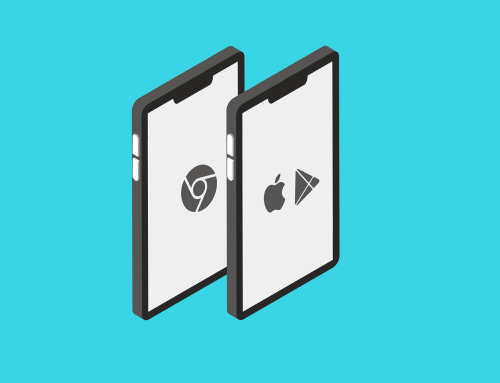Common Performance Bottlenecks in Mobile Apps
Mobile app performance bottlenecks can arise from various aspects of app development. It can become apparent in the forms of slow speed, responsiveness and the overall user experience.
Organisations’ developers should ensure the apps they publish are free of the bottlenecks that diminish the app experience for customers.
Discussed below are the most common performance bottlenecks mobile apps experience and how they can be addressed.
Slow Rendering
UI rendering is the act of generating a frame from your app and displaying it on the screen. Rendering issues often occur when the user interface takes too long to load.
This results in poor responsiveness, making the app feel sluggish or jittery. This is common on an unoptimised app where there are too many layers of views or excessively complex layouts.
Slow rendering can be resolved by using hardware acceleration for drawing, along with reducing the complexity of the app’s layout. Similarly, compressing large images in the format of SVG.
Slow Network Requests
Online mobile apps rely on network requests to fetch data. If these network requests aren’t optimised, it’ll result in action delays for users.
One solution for this includes implementing appropriate caching and indexing mechanisms. These techniques are effective for enhancing performance as it involves temporarily storing regularly accessed data in the memory, rather than repeatedly sending network requests.
While there are solutions for slow network requests involving the app’s build, slow network connections are on the user’s end where a poor connection is established, resulting in a slow app experience.
Inefficient Memory Management
Memory leaks often occur when the application holds references to objects that are no longer required. This results in the device’s memory filling quickly, leaving the device with little memory to execute other tasks.
App crashes and slowdowns regularly occur in apps that have inefficient memory management. Developers should analyse their apps and utilise tools to detect memory leaks.
Fixing a memory leak involves revisiting the application’s code to ensure that all allocated memory is properly released after use.
Inefficient Use of Background Services
The majority of mobile applications require the use of background services while the app is in use. These background services ensure that the app can utilise the operating system capabilities to perform activities.
Background services are critical for enabling mobile apps to perform tasks that don’t require direct user interaction. These include data syncing, processing notifications and location tracking
If these processes (such as downloading or syncing data) aren’t optimised efficiently, it can lead to high CPU usage which will impact app performance and device battery life.
By using appropriate system APIs and optimised sync intervals, developers can ensure that background services don’t interfere with the overall performance of the app.
Lack of Appropriate Testing
A lot of the time apps have bottlenecks simply because the code wasn’t optimised in the first place. Lack of appropriate testing during the development cycle may lead to unnoticed performance issues. This may only become apparent to the developer when the app is used extensively.
Without rigorous testing and profiling of the app, performance bottlenecks can remain hidden until they affect real users.
To avoid these issues, proper testing should be conducted on a variety of devices/operating systems using stress and load testing to simulate real-world usage.
Similarly, developers should ensure that performance is continually checked and optimised with each update that releases.
By focusing on the above bottlenecks, mobile app developers can significantly improve the performance and user experience of their applications, ultimately reducing app abandonment in the longer term.
Are you preparing to alter your software development strategy over the next few months? If so, contact us today on +353 1 8041298, or click on the link below to be brought to our contact form.









